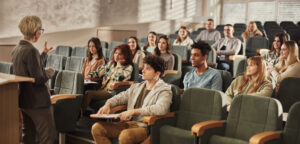
Trigger Warnings Are about Trust
Virtually all general psychology textbooks recount the story of Phineas Gage, one of the most famous case studies in neuroscience. Gage was a railroad construction foreman. On September 13, 1848, he and his crew were clearing boulders along a route, a process that involved











